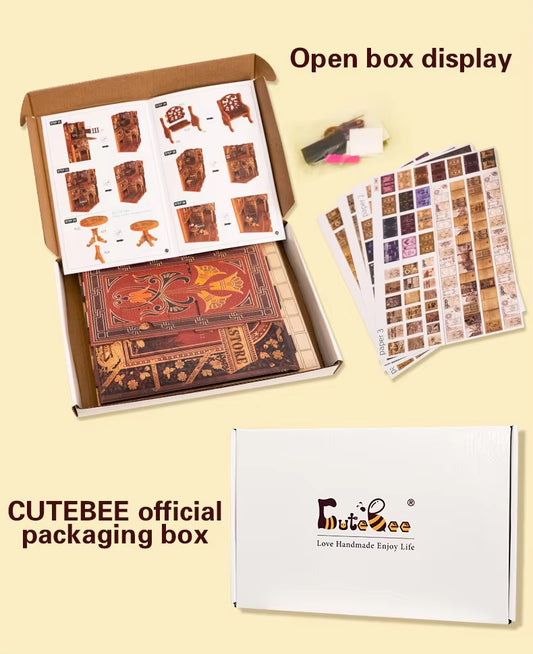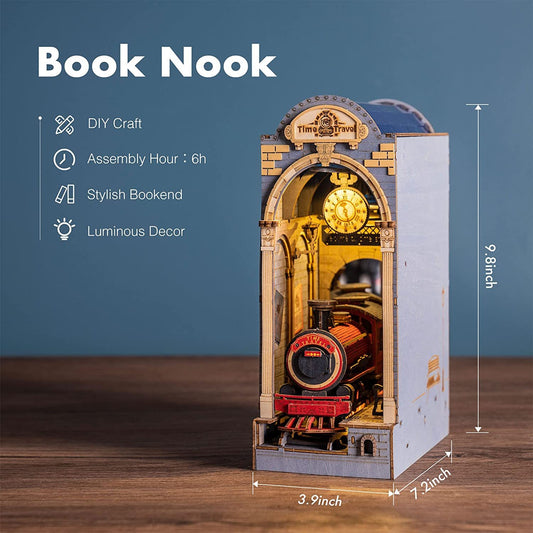
Gentle Sakura Parenting
Share
Gentle Sakura Parenting: How Japanese Miniature Blocks Nurture Growing Minds
1 · A Mini-Town on a Rainy Afternoon
Late-day rain pats the window. A child, calm and curious, clicks miniature building blocks together at the kitchen table.
An izakaya appears; beside it rolls a takoyaki cart under red lanterns. Soon the seafood shop run by a panda chef joins the street, followed by a colourful drink shop. Over the roofs a golden maneki-neko lifts its paw.
Teachers call this joyful scene construction play. While small hands align studs and beams, the activity quietly builds balance, patience and vivid stories in young children.
2 · What Brain Science Reveals
- The Harvard Center on the Developing Child (2023) measured a 25 % rise in prefrontal-cortex activity—our “planning hub”—during block sessions compared with passive video.
- Nature Reviews Neuroscience (2022) showed that “click-stack-rotate” moves reinforce pathways for working memory and problem solving skills.
- Every brick that snaps into place sends the brain a message: wire faster, wire stronger.
3 ·Early-Years Benefits of Block Play: A Quick-Look Guide
Fine-Motor Mastery
Pinching and placing small bricks helps kids build their pincer grip. This grip is important for neat handwriting, smooth violin playing, and any task that needs precision.
Math Sense & Symmetry
Stacking blocks lets children feel weight, test angles, and tinker with basic geometry—hands-on STEM learning disguised as fun.
Social Smarts
Trading pieces, negotiating turns, and co-building cities teach empathy, patience, and crystal-clear communication with friends or parents.
Imaginative Storytelling
A panda chef or otter baker brings each build to life, expanding vocabulary and logical thinking.
Quick tip: Have your child retell today’s creation as a bedtime story—language skills double while confidence soars.
4 · Family Bonding: One Build, Many Memories
Set-up. Parents kneel on the rug, open the box and sort colours together.
Serve and return. The child offers a brick; the adult asks, “Where shall it go?” This back-and-forth exchange, praised by psychologists, strengthens secure attachment pathways.
Shared triumph. When the building block set stands complete, everyone feels proud. Cambridge researchers (2021) found families that co-build weekly report higher emotional resilience in five- to ten-year-olds.
5 · Practical Tips for Parents
- Rotate themes. Build a sushi lane this month and a Japanese Tram next month to keep curiosity alive.
- Weave STEM words gently. Say, “Let’s test balance” or “Count how many studs long” to sneak maths into play.
- Display success. A shelf gallery shows respect for effort and sparks inspiration in siblings and visiting friends.
6 · A Closing Scene to Keep
Slide the final tile onto the matcha stall roof. The click of plastic stops; a soft hush settles over the table. In that calm moment filled with rain, regular hours turn into exciting adventures. A street with small shops becomes a quiet stage for your child's success.







